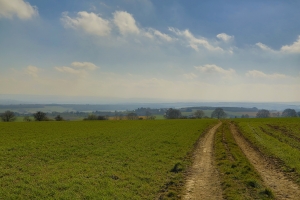There is a new technology developed by Texas Tech University called “zipper frac.” It is a hydraulic fracturing process, which serves to fracture the subterranean rock formations by using pressurized liquid. Texas Tech University modified the original technique. As the zipper frac process commences, it creates the fractures, or splintering, in a staggered order. Tests have proved the new zipper frac ameliorates the fracturing process; the contact area is able to expand and the fluid production is augmented. The technique calls for two simultaneous parallel horizontal wellbores that are in close proximity of each other. The Texas Tech researchers report that the modified fracing process will not only cost the same, but more importantly, guarantee a greater return and thus make wells more efficient.
The Zipper Fracing Advantage
The modified zipper fracing process combines the benefits of alternating fracturing and zipper frac. By doing so, modified zipper frac is able to create greater intricacy in the reservoir. The modified process is much simpler and does not require the use of specialized tools. This particular process eliminates some of the risks associated with stress reversal, which typically occurs near the wellbore. There is also the promise of superior long-term fluid production. The objective with the zipper frac technique is to alter the stress field and thereby create a more substantial fracture network, which is important for shale reservoir development.




 The Facts
The Facts